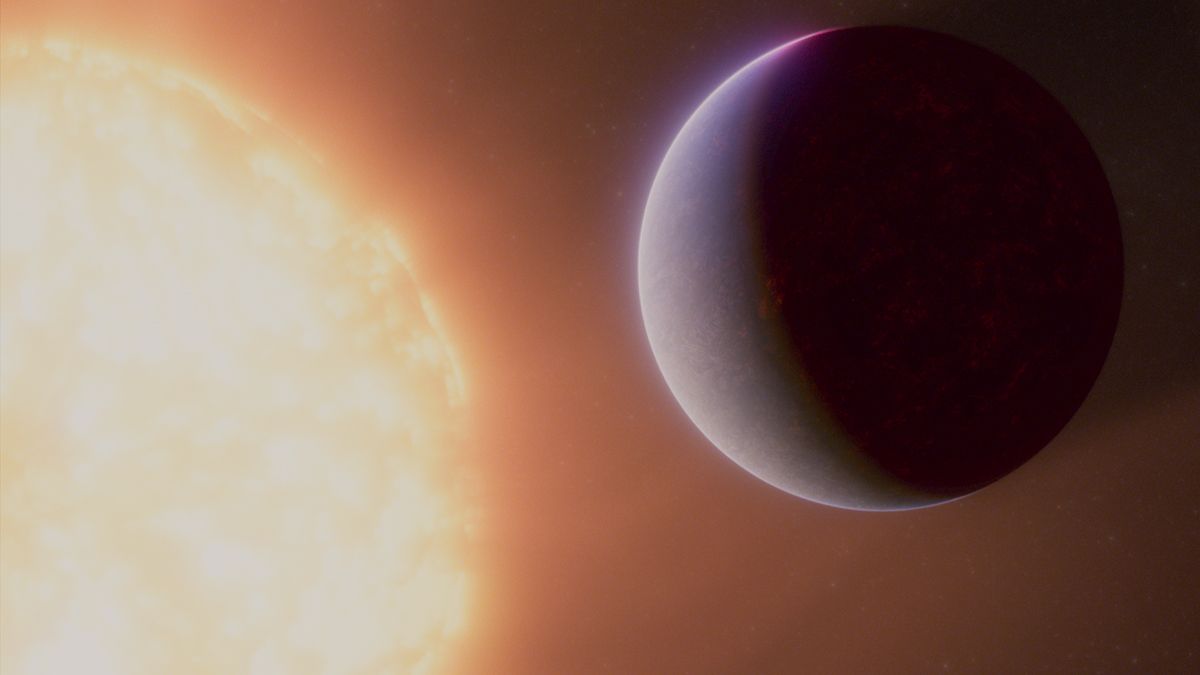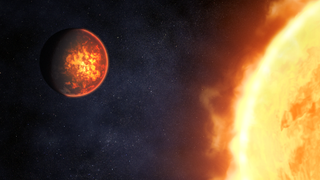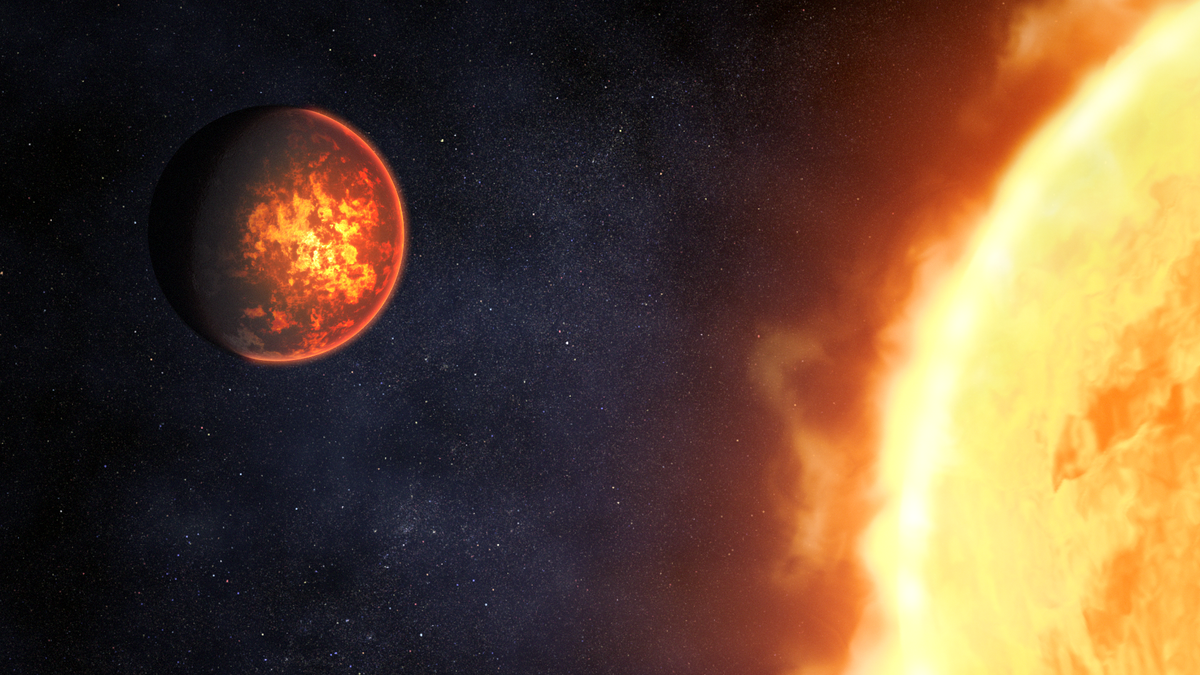
The James Webb Space Telescope has made a significant discovery regarding the exoplanet 55 Cancri e, located in the constellation Cancer and approximately 41 light-years away from Earth. This super-Earth, which is larger than our planet but smaller than Neptune, has been found to possess not one but two atmospheres.
The first atmosphere of this rocky planet was primarily composed of carbon dioxide and carbon monoxide. However, it was destroyed by the intense radiation from its host star, 55 Cancri A. Despite this setback, 55 Cancri e managed to regain its atmospheric cover.
The second atmosphere surrounding the planet is a thick layer of gases that scientists believe may be replenished by a bubbling magma ocean of crystals, liquid rock, and dissolved gas. This discovery has been hailed as the best evidence yet for an atmosphere on a planet beyond our Solar System and could be a major breakthrough in the search for habitable planets elsewhere in the galaxy.
The detection of 55 Cancri e's atmospheres was made possible through observations by both NASA's James Webb Space Telescope and ESA's Hubble Space Telescope. Researchers from various institutions, including the University of Kansas, NASA/JPL-Caltech, and the Center for Space and Habitability CSH of the University of Bern, contributed to this groundbreaking discovery.
The presence of a thick atmosphere on 55 Cancri e is an intriguing development in our understanding of exoplanets. While it is unlikely that this planet can support life due to its extreme temperatures, the discovery could provide valuable insights into the atmospheric conditions and evolution of other rocky planets.
The exact composition and properties of 55 Cancri e's atmospheres are still being studied, but one thing is clear: this super-Earth has defied expectations by not only retaining an atmosphere but also growing a second one. The ongoing research into this fascinating world will undoubtedly yield new discoveries and expand our knowledge of the universe.


